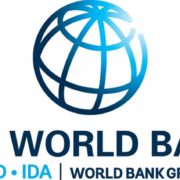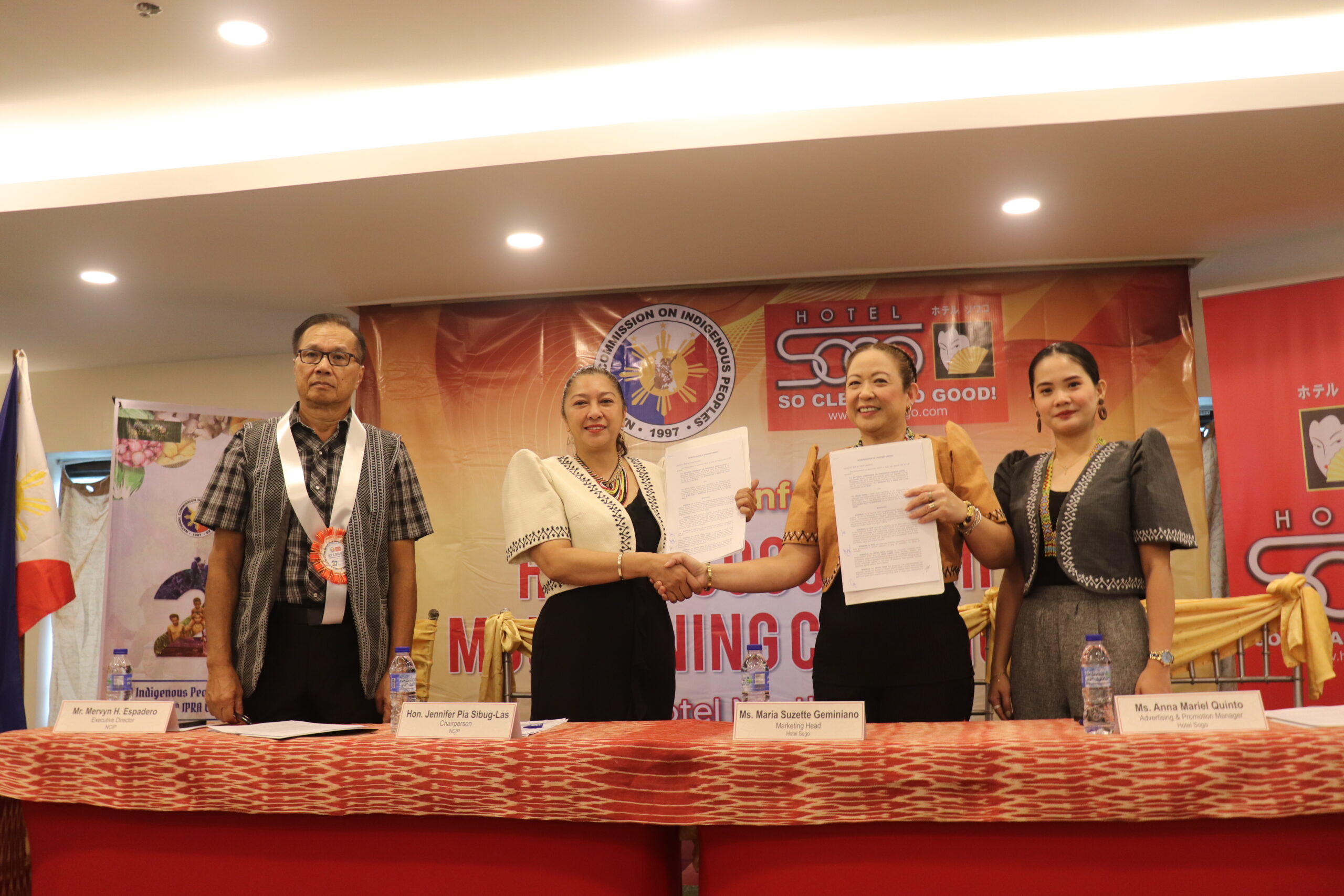MANILA, October 2, 2018—The World Bank has released US$496.25 million to support the Philippine government’s efforts to hasten recovery, rehabilitation, and reconstruction in areas battered by Typhoon Ompong (internationally known as Mangkhut) in mid-September this year.
According to the National Disaster Risk Reduction and Management Council (NDRRMC), more than 700,000 families (or close to 3 million people) have been affected by the storm, with 138 injured and 68 dead in the regions of Ilocos, Cagayan Valley, Central Luzon, and the Cordillera Administrative Region, CALABARZON, MIMAROPA, and the National Capital Region. The NDRRMC has estimated the direct damage to infrastructure and agriculture at 33.6 billion pesos (around US$623 million).
Typhoon Ompong has particularly caused widespread destruction in the regions of Ilocos, Cagayan Valley, Central Luzon, and the Cordillera Administrative Region. With a combined population of more than 21 million, these regions are among the country’s important producers of rice, corn, vegetables, livestock and poultry.
“We express our sympathies to all the Filipino people affected,” said Mara K. Warwick, World Bank Country Director for Brunei Darussalam, Malaysia, Philippines and Thailand. “Natural disasters can exacerbate poverty through loss of lives, livelihood, property and infrastructure, and can roll back years of development gains. They disproportionately disrupt the lives of poor and vulnerable people, particularly women, the elderly and children. We want them to know the Bank supports the country’s efforts to address their needs.”
The funds accessed from the contingent line of credit – called the Second Disaster Risk Management Development Policy Loan with a Catastrophe-Deferred Drawdown Option (Cat-DDO 2) – will give the Philippine Government flexibility to help families and communities recover, reconstruct vital infrastructure (such as roads, bridges, schools and hospitals), and restore basic social services.
Approved by World Bank’s Board of Executive Directors on December 22, 2015, the Cat-DDO 2 gives the Philippines immediate liquidity to recover from a natural disaster. This instrument also comes with technical assistance to support the government’s disaster risk reduction and management efforts.
The program enhances the country’s preparedness for natural disasters in the future, strengthening investment planning and regulations to reduce disaster risks, and help manage the financial impacts of natural disasters.
The drawdown period for the Cat-DDO 2 is three years and is renewable up to four times for a total of 15 years. Amounts repaid during the drawdown period are available for subsequent withdrawal. The CAT-DDO 2 has been renewed to extend the availability of the contingent credit line until September 30, 2021.
The Cat-DDO is one of many forms of assistance available from the World Bank Group to help countries plan efficient responses to natural disasters. It gives a government immediate access to funds after a major natural disaster, a time when available funds are often not adequate to meet the needs for reconstruction and recovery. Other Cat-DDOs approved by the World Bank are in the Latin America and Caribbean region, including Colombia, Costa Rica, El Salvador, Guatemala, Panama and Peru.
The Philippines is one of the most vulnerable countries to natural calamities and the impacts of climate change. On average, more than 1,000 lives are lost every year in the Philippines, with typhoons accounting for 74 percent of the fatalities, 62 percent of the total damages, and 70 percent of agricultural damages. Also, the country is highly exposed to geologic hazards including earthquakes and volcanic eruptions.




